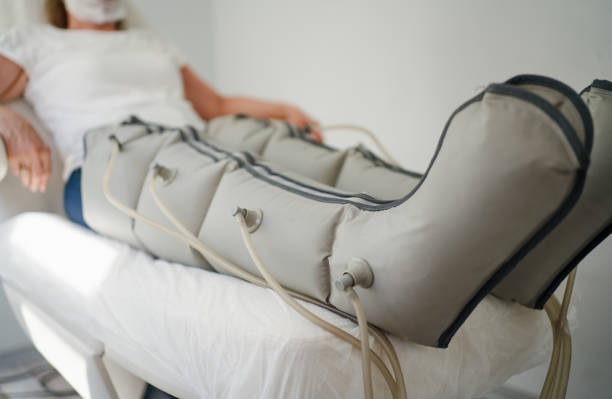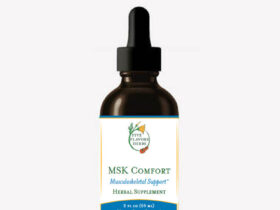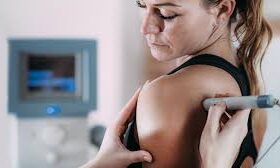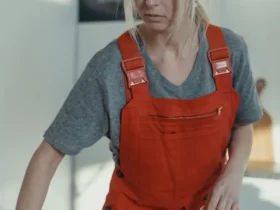Introduction
In the realm of modern wellness and recovery techniques, percussion therapy and compression therapy have emerged as two powerful modalities. Both methods offer unique approaches to aiding recovery, relieving muscle tension, and improving overall well-being. Let’s delve into each of these therapies, understanding their mechanisms, benefits, and how they can complement each other in promoting optimal health.
Understanding Percussion Therapy
Percussion therapy involves the use of a handheld device that delivers rapid bursts of pressure into the muscle tissue. This therapy, also known as percussion massage or vibration therapy, mimics the tapping and pounding motions used in traditional Chinese medicine and other massage techniques. The rapid pulses penetrate deep into the muscles, helping to relieve tension, increase blood flow, and promote relaxation.
The Science Behind Percussion Therapy
The effectiveness of percussion therapy lies in its ability to target specific muscle groups with precision. The rapid vibrations generated by the device stimulate proprioceptors in the muscles, triggering a reflexive response that helps to relax and release tension. Additionally, the increased blood flow to the treated area can aid in the removal of metabolic waste products, reducing soreness and accelerating recovery.
Benefits of Percussion Therapy
- Muscle Recovery: Percussion therapy can help accelerate muscle recovery by promoting circulation and reducing inflammation, allowing athletes and fitness enthusiasts to recover faster between workouts.
- Pain Relief: The deep tissue penetration of the percussive massage can alleviate chronic pain conditions, such as lower back pain and muscle tightness, providing relief without the need for medication.
- Improved Flexibility: Regular use of percussion therapy can help improve flexibility and range of motion by releasing tension and adhesions within the muscles and connective tissue.
Exploring Compression Therapy
On the other hand, compression therapy involves the use of specialized garments or devices to apply controlled pressure to specific areas of the body. This therapy is commonly used in sports medicine and rehabilitation settings to improve circulation, reduce swelling, and enhance recovery.
How Compression Therapy Works
By applying external pressure to the limbs or affected areas, compression therapy helps to improve venous return and lymphatic drainage, reducing fluid buildup and swelling. This can be particularly beneficial for athletes recovering from intense training sessions or individuals with circulatory issues.
Benefits of Compression Therapy
- Enhanced Recovery: Compression therapy can help speed up recovery by promoting the removal of metabolic waste products and reducing post-exercise soreness.
- Reduced Swelling: For individuals dealing with edema or lymphedema, compression therapy can effectively reduce swelling and discomfort, improving overall mobility and comfort.
- Prevention of Deep Vein Thrombosis (DVT): By improving circulation and preventing blood from pooling in the extremities, compression therapy can lower the risk of developing DVT, especially during long periods of immobility, such as travel or recovery from surgery.
Conclusion
In conclusion, both percussion therapy and compression therapy offer valuable tools for promoting recovery, relieving muscle tension, and enhancing overall well-being. While percussion therapy targets deep muscle tissue with rapid vibrations, compression therapy applies external pressure to improve circulation and reduce swelling. Incorporating these therapies into a comprehensive wellness regimen can help individuals achieve their fitness goals and maintain optimal physical health. Whether used individually or in combination, these modalities have the potential to revolutionize the way we approach recovery and self-care.













